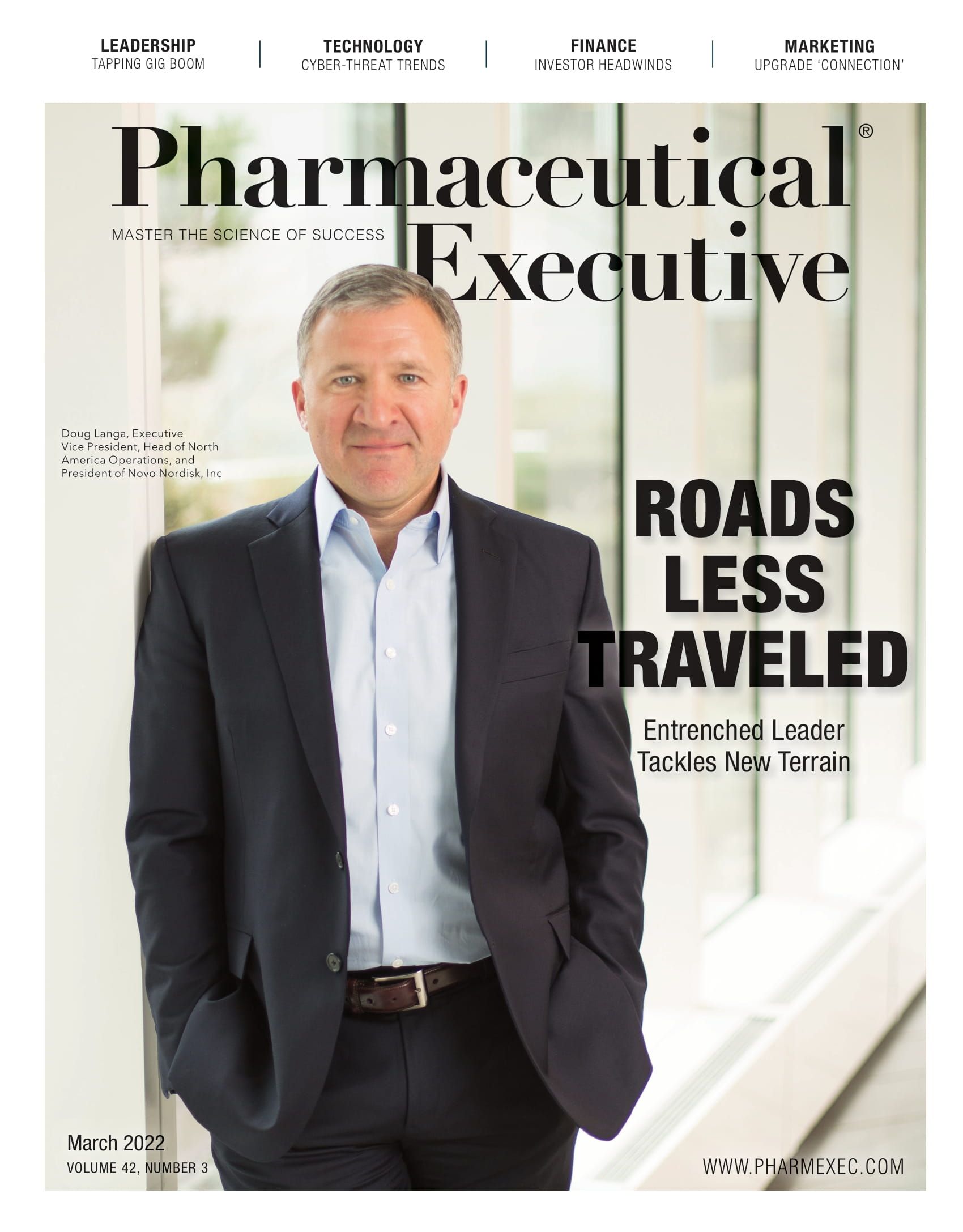Aligning the Many Interpretations of ‘Unmet Medical Need’
Efforts for a standardized approach coming to a head in Europe.
Defining unmet medical need is the new dilemma in European drug regulation—and it is much more than an issue of semantics. The discussion has become tightly linked to what constitutes an innovative medicine, and this matters to the prospects for a product’s development and launch. Innovative products that qualify as responding to an unmet need can be granted access to important opportunities for assistance and incentives in Europe. Failing to win that designation can be a serious impediment along the path to market success.
The discussions are coming to a head as the EU drafts a new version of the 20-year-old legal texts that underpin its pharmaceutical rules. One of the EU’s explicit aims in its review is “fostering innovation, including in areas of unmet medical need”—which presupposes some consensus on what the term connotes. So between now and the end of the year, officials will have to come up with a definition that satisfies a wide range of characteristically diverse European views.
As the EU says in its recent consultation document on the upcoming review, “Regulators, health technology assessment experts, and representatives of bodies responsible for reimbursing or paying for medicines are discussing a definition or a set of principles for ‘unmet medical needs’ in order to achieve the objectives of the general pharmaceutical legislation.” But this is accompanied by the candid admission that the discussions “reveal different perceptions of what is an ‘unmet medical need’.” The issue exposes some sharp divides that can be crudely summarized as those seeking a wide definition—broadly speaking, those who develop or benefit from medicines—and those who regulate or pay for drugs or advocate better value in health spending, who are seeking a tighter definition.
Patient organizations prefer a broad-brush approach. “Unmet need is not a yes-no question but also a matter of degree,” says the European Patients Forum. “Any definition or criteria must also consider burden of illness, burden of current treatment, and the impact on the quality of life of patients and families.” Rare disease patients argue for definitions that include available treatments, disease severity or burden, as well as taking into account patient-reported metrics for the assessment of the related unmet need.
Industry is unambiguous in its insistence on generous criteria in the interests of innovation. Merck Sharp & Dohme (MSD), for instance, proudly boasts that “as a research-based company, our focus is to develop innovative treatments for unmet medical needs,” and calls for regulatory approaches favoring innovation to be “strengthened and their scope widened, so that access is not limited only to unmet clinical needs but should also apply to new indications and line extensions.”
EUCOPE, which represents smaller research-based firms in Europe, is urging “a common understanding of unmet medical need that is flexible and reflects the broadest value framework”—within which disease severity, burden of illness or treatment, impact on quality of life, and indirect costs to families/caregivers are “essential.” A firm definition risks overlooking the needs of diverse patient groups, threatens availability and access for new therapies, and can disincentivize drug R&D, it claims. But AIM, which represents the mutual health insurance groups in Europe, flags up what it sees as a risk of “industry-(or profit-)driven” considerations defining unmet medical needs, a concern shared by Prescrire—an influential organization focused on monitoring drug efficacy.
A sample of views among European regulatory and funding agencies also shows a desire to rein in permissive approaches, with some nuances in their respective priorities. Malta’s medicines agency, for instance, sees disease seriousness and absence of satisfactory treatment authorized in the EU as only “fairly important” criteria, but having a major therapeutic advantage over existing treatments as “very important,” and lack of access for patients across the EU to an authorized treatment as “important.” By contrast, Norway’s medicines agency sees disease seriousness as “not important,” but absence of satisfactory EU treatment, major therapeutic advantage, and lack of access for patients as “very important.”
A European workshop on pediatric drug development late last year saw calls for a harmonized acceptance of a standardized approach to unmet medical need, with some payers advocating a clear and harmonized definition based on quantifiable criteria. But it conceded, as the EU has in the pediatric setting, that such nominally objective factors as prevalence or severity of the disease or disease burden are all open to interpretation.
Reflector is Pharmaceutical Executive’s correspondent in Brussels
